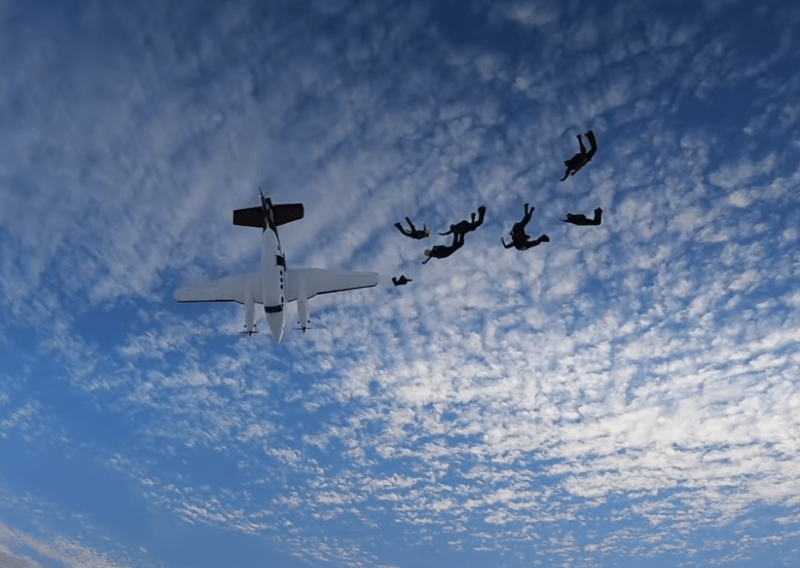Alistair_Heaton
Mechanical
- Nov 4, 2018
- 9,799
Sorry reds if it brings up things.
But this shows quiet well what happens when aft CoG and low airspeed occur.
There are a few more things going on with it because it's a twin.
There is some quiet informed comments on that vid

![[ponder] [ponder] [ponder]](/data/assets/smilies/ponder.gif)

